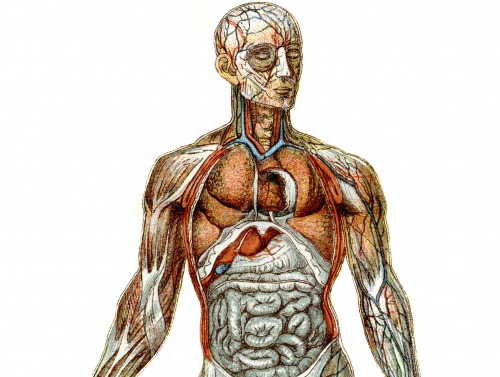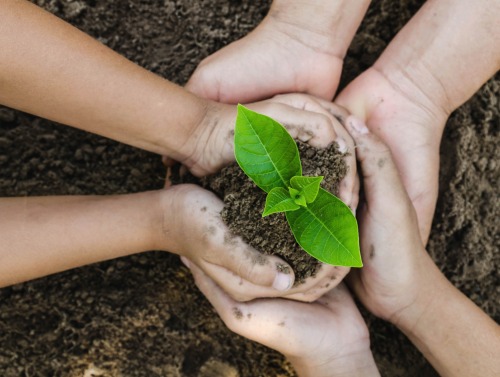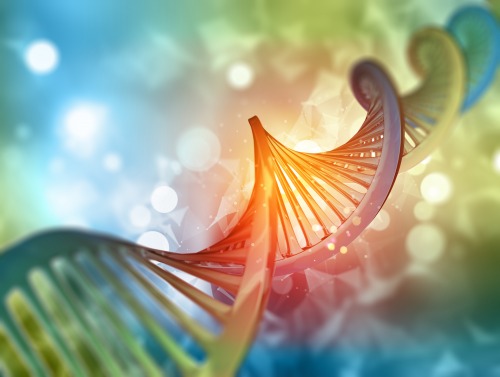Biological Science
Sample Courses
Biological Science Courses
The human body is an amazing product of 3.5 billions of years of evolution. From our cells to our organ systems, our bodies are beautifully designed to thrive on planet Earth. In this course, we will explore the structure and function of various human organ systems including the circulatory system, respiratory system, digestive system, reproductive system, and portions of the endocrine system (kidneys and adrenal glands). Along the way, we will discuss challenges faced by each of these organ systems in this modern age that can result in disease such as air pollution, endocrine disrupting chemicals, overuse of antibiotics, chronic stress, and a highly-processed industrial diet. Students will perform various hands-on laboratory activities that will reinforce how their bodies function and how they can live a healthy life.
This course is an introduction to environmental issues—the interactions of humanity and industrial civilization with the natural environment of Earth. The course draws on scientific, technological, and social perspectives to examine current and future environmental challenges, including the impacts of human actions on natural ecosystems, natural resources, pollution, and climate change.
Have you ever wondered about DNA and how slight alterations to the genetic code have produced the amazing variety of life forms that inhabit our planet? This class will explore exciting topics in both genetics and evolutionary biology, some of which include: the genetics of cancer, reproduction and inheritance, epigenetics, GMOs, DNA forensics, antibiotic resistance, evolution of the “fat gene,” and how to build evolutionary trees. Students will explore these topics through lectures, case study work, and hands-on laboratory exercises.
This course explores the anatomical form and function of representatives from major animal phyla. Students will first learn about evolutionary processes that have generated the tremendous variety of form and function present in the animal kingdom.They will then learn about different lines of evidence that support the theory of common descent and examine how major lineages within the animal kingdom were created from key morphological innovations. Students will then take a tour of the major animal phyla. Students will explore these topics through lectures and hands-on laboratory activities that include live animal observations, dissections, field trips, and case studies.
This course focuses on the physical, chemical, and biological characteristics of marine habitats and the organisms occupying those habitats, and provides a survey of the patterns of distribution, diversity, and abundance of species in marine communities, with an emphasis on the dynamic interactions that shape these patterns. The course also includes analysis of human impacts on marine ecosystems.
This class is about two stories. The first story is that of a single human cell that endures multiple mutations to become cancer. What new traits are enabled? How does this cell ignore its neighbors and replicate in defiance of them? How does it steal resources and overcome the immune system? What weapons can we use to destroy it, and at what cost? The second story is that of the impact of disease. What is the human component? How have we discovered and communicated the dangers of common carcinogens? What is the war on cancer, and can we ever win it? Everyone knows someone who has been impacted by cancer. By merely surviving, our bodies are primed with the capacity to develop this disease. This course will explore the “war on cancer” in the context of human history, cell biology, and dramatic storytelling. Laboratory exercises will explore the biological basis of this disease.
This interdisciplinary course will focus on the molecular biology of cancer and the underlying chemistry of cell biology. Students will learn how proteins are encoded and the impact of genomic instability on protein structure and function; alterations of normal metabolism in cancer cells; and basic pathways of cell division and death. Complementary chemistry topics include chemical structure and bonding, biological polymerization, thermodynamics, enzyme kinetics, and redox reactions. Laboratory research will use model systems to understand cancer biology.



